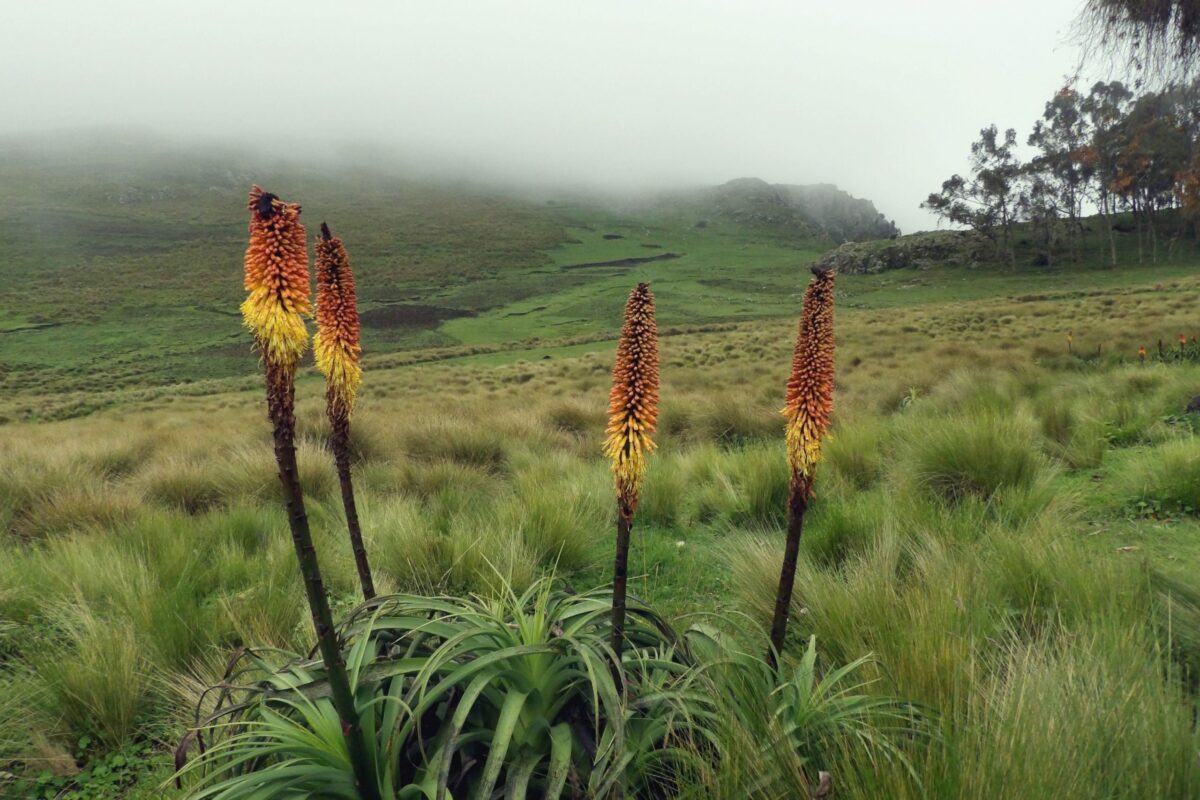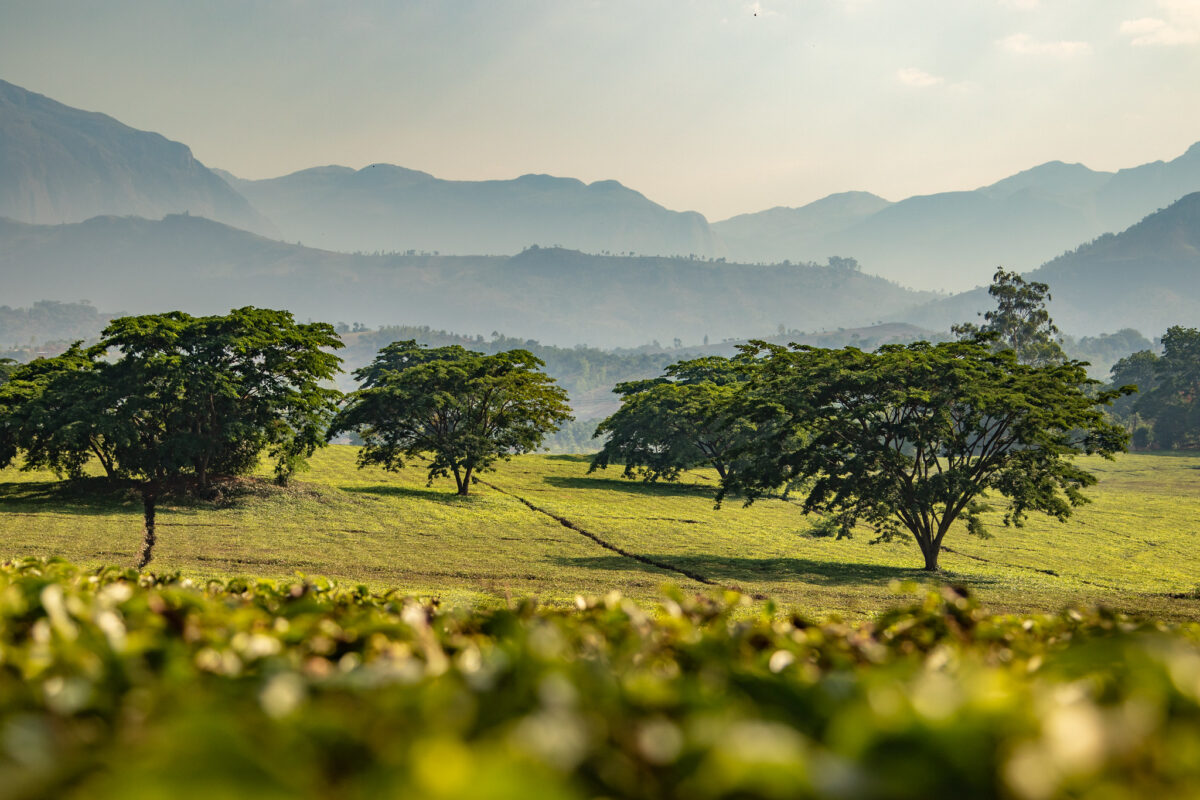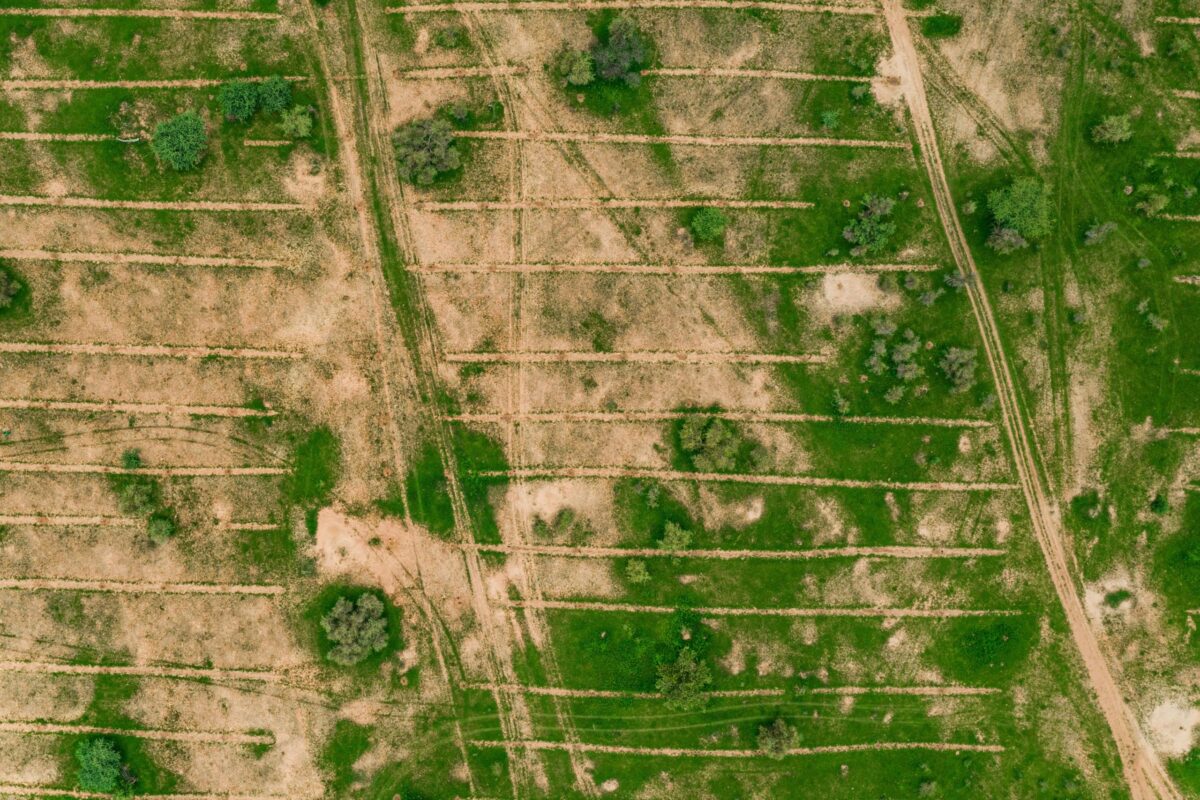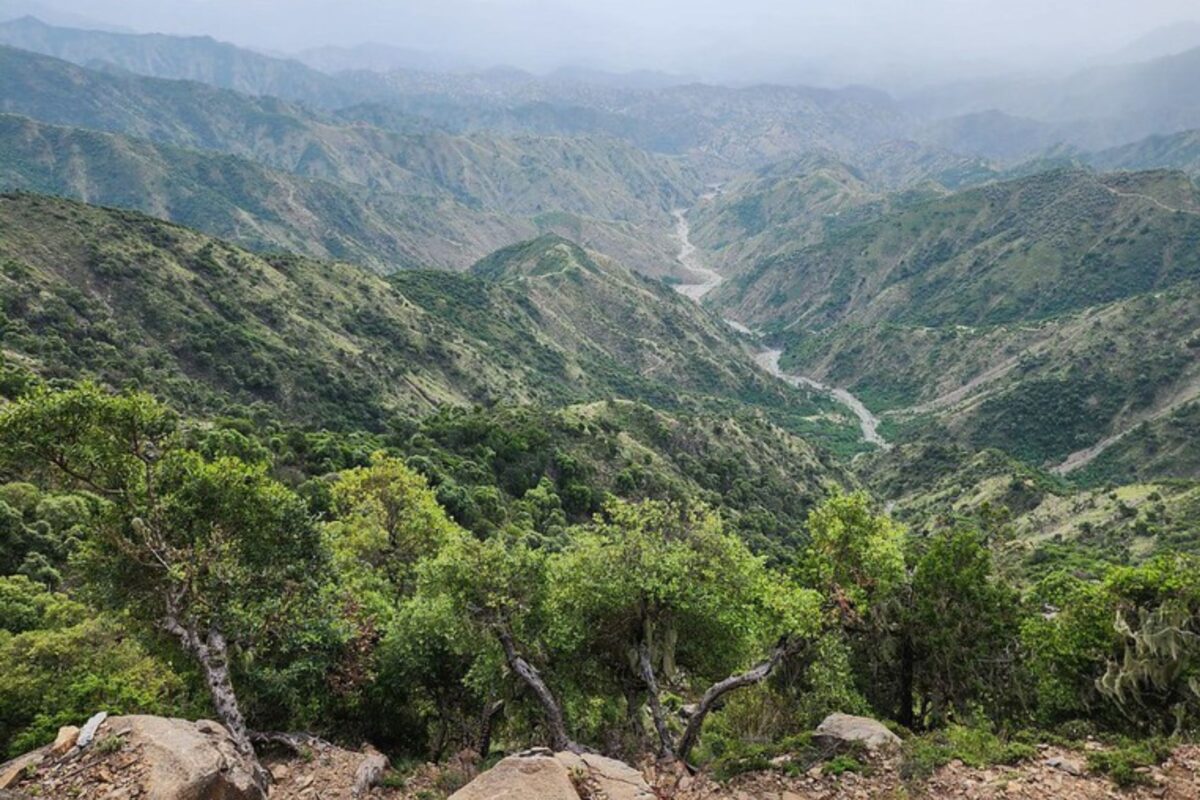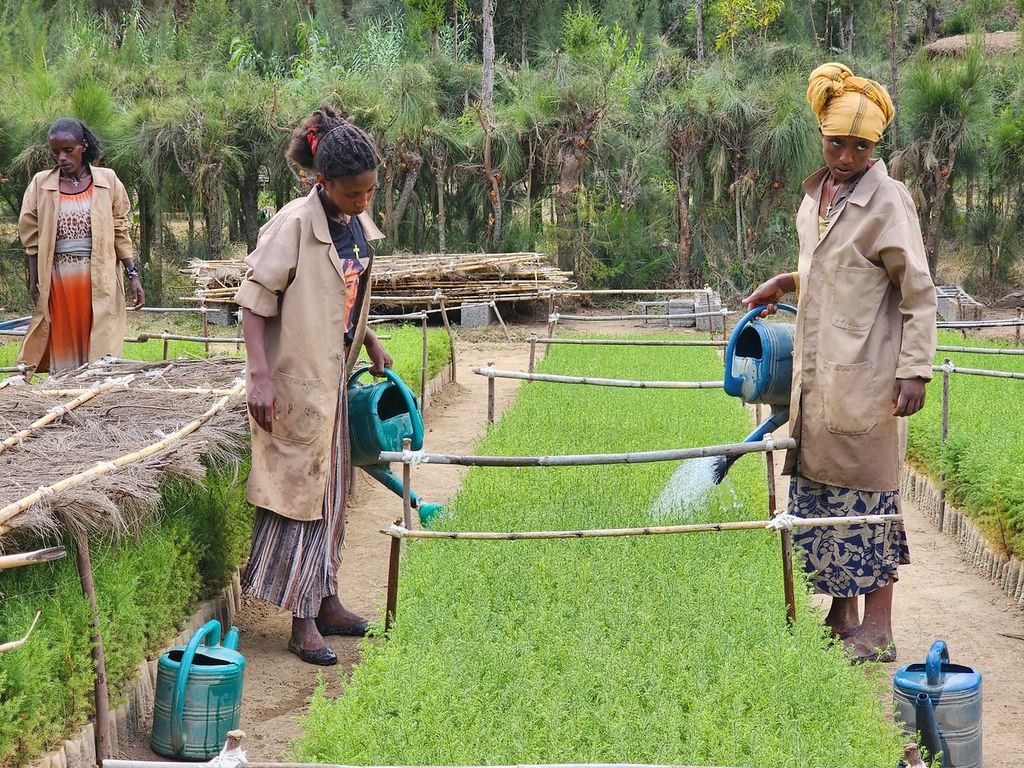To answer these questions, we need to start with the central theme, carbon.
Carbon is a natural component of soils, with different soils around the world having different natural carbon levels as well as having different changes to these carbon levels (usually loss) as a consequence of human action. It gets into soils as leaves from trees, decomposing plants, animals, animal waste, etc. are recycled and broken down by animals, fungi and bacteria that live in the soil (Kleinman, 2011).
This carbon does not find its way back into plants like other nutrients such as nitrogen, potassium and the like in soil do – photosynthesis provides the only entry point of carbon into a plant as they suck it in from carbon dioxide in the atmosphere to produce sugars (Bierman and Rosen, 2015). As such, that carbon in the soil can be considered as being ‘in storage’; prompting the interest for potential of soils as an option for carbon sequestration (e.g. Kleinman, 2015).
Soils are the largest land-based location of carbon
Oceans have more carbon than soils, while the atmosphere and living organisms (combined) have less (Leu 2018). Collectively soils from around the world have lost carbon (contributing to atmospheric carbon dioxide levels as microorganisms release this soil carbon as a result of their metabolic activity), with losses ranging between 30-80%.
Losing carbon (organic matter) does not only contribute to atmospheric carbon levels. It reduces the ability of soil to store water, to maintain good structure (Kolb, 2011) that allows air circulation, to resist erosion, and to support soil-dwelling biodiversity and healthy productive plant populations (Lal, 2004).
The answer sounds simple
Take action to increase soils carbon levels and regain all of the above lost benefits, returning some of the carbon from the atmosphere and storing it safely underground and therefore mitigating climate change. However as with many things that sound simple, the simplicity can be misleading.
For carbon to be sequestered it needs to go into long-term storage (Lal, 2004), and for it to work as a mitigation against climate change it has to work fast (Millman, 2016). Whether it can and does go into long-term storage in soils and whether it can work fast enough are the two key and limiting factors in the debate.
4 per mille initiative
The potential for soils as carbon storage gained traction through the unveiling of the French “4 per mille” initiative (4p100.org). Signed by more than 100 nations at the 21st Conference of the Parties in Paris, the initiative is based on the declaration that, “If we increase by 4‰ (0.4%) a year the quantity of carbon contained in soils, we can halt the annual increase in carbon dioxide in the atmosphere.”
Ronald Amundsen and Leopold Biardeau of the University of California, Berkeley, acknowledge that while this is likely to be physically possible, it requires instant implementation of change of land management practices on all lands on Earth and that those changes are sustained without interruption for decades (any change in soils management practices can result in very rapid loss of soil carbon that might have taken decades to achieve, (Lal et al., 2007) if it is going to work (Amundsen and Biardeau, 2018).
With global social, economic and political terrains being even more variable that the land itself and this being highly impactful on the uptake of a course of action, the challenges of implementing such a scheme so it can achieve its goals are many.
Reforestation of degraded land to have real potential to increase soil carbon long term
Coming back to forests, they are one of the good news opportunities for increasing soil carbon levels as out of all the soil types and conditions and all the environment uses world-wide this is one of the few agreed-on actions that has real potential (Lal, 2004; Powlson et al., 2011; FAO, 2015).
Increasing soil carbon is just one of those things that works, increasing land health and resilience, water quality, plant productivity and food security (Liu, 2018), with potential to also reduce poverty (Lal 2004) as well as reducing atmospheric carbon levels.
Climate change is a complex and multifaceted issue
As such its mitigation and adaptation solutions are similarly complex and multifaceted. Soils may or may not directly support effective carbon sequestration and as such directly support climate change mitigation. Some soils will do so (such as degraded lands being reforested), others maybe not so much. But given the undisputed benefits of increasing soil carbon, reversing another of the environmental impacts of the actions of our species, any action that supports increasing soil carbon is worth our while.
References
Amundsen, R. and Biardeau, L. (2018). Opinion; Soil carbon sequestration is an elusive climate mitigation tool. Proceedings of the National Academy of Science U.S.A. 2018 November 13; 115(46): 11652–11656.
Bierman, P.and Rosen, C. (2015). Dynamics of nutrient cycling.Cooperative Extension, USA. September 1 2015. Adapted from Bierman, P.and Rosen, C. (2005).Nutrient Cycling and Maintain Soil Fertility in Fruit and Vegetable Crop Systems. Department of Soil, Water and Climate, University of Minnesota. https://articles.extension.org/pages/58374/dynamics-of-nutrient-cycling Accessed 3 March 2019.
Food and Agriculture Organisation (2015). Forests and forest soils: an essential contribution to agricultural production and global food security. https://www.fao.org/soils-2015/news/news-detail/en/c/285569/ Accessed 3 March 2019.
Kolb, P. (2011). Soils and Water Availability. Cooperative Extension, USA. March 9 2011. https://articles.extension.org/pages/33617/soils-and-water-availabilityAccessed 3 March 2019.
Kleinman, S. (2011). Understanding Decomposition and Its Controls. Cooperative Extension, USA. June 13 2011. https://articles.extension.org/pages/58320/understanding-decomposition-and-its-controls Accessed 3 March 2019.
Kleinman, S. (2015). Understanding Soils in Forests. Cooperative Extension, USA. October 5 2015. https://articles.extension.org/pages/58320/understanding-decomposition-and-its-controls Accessed 3 March 2019.
Lal, R. (2004). Soil carbon sequestration to mitigate climate change.Geoderma (123) 1–22.
Lal, R., FoIIett, R., Stewart, B. and KimbIe, J. (2007). Soil carbon sequestration to mitigate climate change and advance food security. Soil Science (172, no.12), 943-956.
Leu, A. (2018). Reversing Climate Change through Regenerative Agriculture.EcoFarming Daily. September 21 2018. https://www.ecofarmingdaily.com/reversing-climate-change-regenerative-agriculture/ Accessed 3 March 2019.
Millman, O. (2016). Soil carbon storage not the climate change fix it was thought, research finds. The Guardian 23 September 2016.
https://www.theguardian.com/environment/2016/sep/22/soil-carbon-storage-not-the-climate-change-fix-it-was-thought-research-finds Accessed 3 March 2019.
Powlson, D., Whitmore, A. and Goulding, K. (2011). Soil carbon sequestration to mitigate climate change: a critical re‐examination to identify the true and the false. European Journal of Soil Science (62, issue 1), 42-55. https://onlinelibrary.wiley.com/doi/10.1111/j.1365-2389.2010.01342.x Accessed 3 March 2019.


